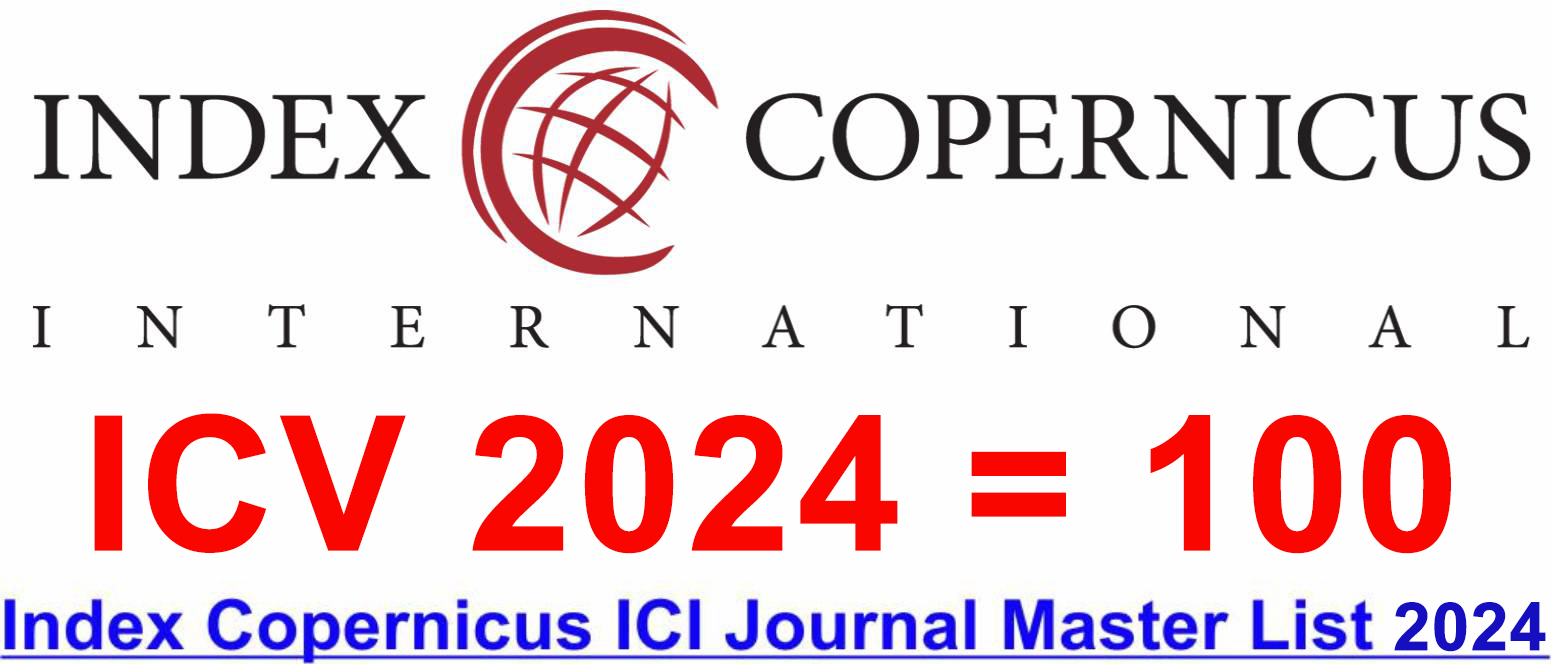Analyzing SBI YONO Business, ICICI InstaBIZ, and HDFC SmartHub Vyapar: A Comprehensive Comparative Study
DOI:
https://doi.org/10.46977/apjmt.2024.v04i03.001Keywords:
Business Banking, Corporate Banking, Digital Banking, SBI vs ICICI and HDFCAbstract
This research is totally based on a comparison between the corporate digital banking services provided by the State Bank of India, ICICI Bank and HDFC Bank. This research includes the kinds of problems faced by customers while using business banking applications. There are 50 respondents who are businesses and are using business banking applications. It includes 23 respondents using the SBI YONO Business App. A tool was prepared for studying the parameters of the factors considered by customers when choosing a business banking app. In this research, Spearman Rank Corelation is used to determine the relationship between the type of business entity and the most used type of transaction, which shows there is a significant correlation between these two variables. Also, the One-way Anova was used to determine the association between the turnover of the business and the business banking application the respondents are using. The greater number of respondents had turnovers above Rs. 1 crore.
Downloads
References
Adekunbi, A. (May 13, 2022). A Critical Evaluation of the Role of Fintech in Adding Value to Banking Services. SSRN 4228619
Ahmed, S., & Sur, S. (2021). Change in the uses pattern of digital banking services by Indian rural MSMEs during demonetization and Covid-19 pandemic-related restrictions. Vilakshan-XIMB Journal of Management, 20(1), 166-192.
Alzoubi, H. M., Ghazal, T. M., Hasan, M. K., Alketbi, A., Kamran, R., Al-Dmour, N. A., & Islam, S. (2022, May). Cyber Security Threats on Digital Banking. In 2022 1st International Conference on AI in Cybersecurity (ICAIC) (pp. 1-4). IEEE. https://doi.org/10.1109/ICAIC53980.2022.9896966
Andrea, Q. (2024). Smes and Sustainable Transition: The Role of Fintech in a Country's Banking Ecosystem. Available at SSRN 4699102. http://dx.doi.org/10.2139/ssrn.4699102
Chauhan, S., Akhtar, A., & Gupta, A. (2022). Customer experience in digital banking: A review and future research directions. International Journal of Quality and Service Sciences, 14(2), 311-348. https://doi.org/10.1108/IJQSS-02-2021-0027
Fasnacht, D. (2018). Open innovation ecosystems (pp. 131-172). Springer International Publishing.
Fasnacht, D. (2021). Banking 4.0: Digital Ecosystems and Super-Apps (pp. 235-256). Springer International Publishing.
Gupta, P. K. (2008). Internet banking in India–Consumer concerns and bank strategies. Global Journal of Business Research, 2(1), 43-51.
Gupta, U., Agarwal, B., & Nautiyal, N. (2022). Financial Technology Adoption—A Case of Indian MSMEs. Финансы: теория и практика, 26(6), 192-211. https://doi.org/10.26794/2587-5671-2022-26-6-192-211
Haralayya, B. (2021). How Digital Banking has brought innovative products and services to India. Journal of Advanced Research in Quality Control and Management, 6(1), 16-18.
HDFC Bank (n.d.). SmartHub Vyapar App. https://www.hdfcbank.com/sme/pay/merchant-solutions/hdfc-bank-smarthub-vyapar-app
ICICI Bank (n.d.). InstaBIZ App. https://www.icicibank.com/instabiz
Jagtap, M. V. (2022). Key Factors Affecting Efficiency of Private and Public Sector Bank: Analytical Study. Journal of Development Research, 15(2), 125-143. https://doi.org/10.1177/22297561231155226
Jain, A. (2023). How has Digital Lending Impacted the Indian Banking Market. Available at SSRN 4582480. https://dx.doi.org/10.2139/ssrn.4582480
Jindal, P., & Chavan, L. (2023). Multimedia Sustained Benefits for Financial Services. In Digital Transformation, Strategic Resilience, Cyber Security and Risk Management (pp. 243-262). Emerald Publishing Limited. https://doi.org/10.1108/S1569-37592023000111A017
Kaur, M., Singh, K., & Arora, S. (2023). Are SMEs relationship seekers or price watchers? Target marketing implications for banks. Journal of Financial Services Marketing, 28(3), 615-625.
Kaur, S. J., Ali, L., Hassan, M. K., & Al-Emran, M. (2021). Adoption of digital banking channels in an emerging economy: exploring the role of in-branch efforts. Journal of Financial Services Marketing, 26, 107-121.
Maharana, N., Sekhar Pattnaik, C., & Chaudhury, D. S. K. (2016). Service Quality of Private and Public Sector Banks: A Critical Review. Asian Journal of Human Development and Livelihood (AJHDL)-A Peer Reviewed Research Journal, 5(01). Available at SSRN: https://ssrn.com/abstract=4172568
Meher, B. K., Hawaldar, I. T., Mohapatra, L., Spulbar, C., Birau, R., & Rebegea, C. (2021). The impact of digital banking on the growth of Micro, Small and Medium Enterprises (MSMEs) in India: a case study. Business: Theory and Practice, 22(1), 18-28.
Mrs Nandini, M., & Shubha, B. N. (2021). A Study on Satisfaction of Msmes Towards Bank Finance: An Analysis of Funding Gap in India. Nveo-Natural Volatiles & Essential Oils Journal| NVEO, 523-532.
Omarini, A. (2022). The Changing Landscape of Retail Banking and the Future of Digital Banking. In The Future of Financial Systems in the Digital Age: Perspectives from Europe and Japan (pp. 133-158). Singapore: Springer Singapore. https://doi.org/10.1007/978-981-16-7830-1_8
Padhy, P. K. (2006, September). Innovative Service Quality in the Banking Sector: An Assessment Based on SERVQUAL Measures. In Service Industry: Challenges and Opportunities International Conference, Waljat Colleges of Applied Sciences, Rusayl, Muscat, Sultanate of Oman.
Revathi, P. (2019). Digital banking challenges and opportunities in India. EPRA International Journal of Economic and Business Review, 7(12), 20-23. https://doi.org/10.36713/epra2985
Sangisetti, M. M. (2022). An Analytical Study on Customer Awareness, Perceptions and Satisfaction towards Quality of Banking Services after Merger and Acquisitions of Public Sector Banks in India. Journal of Positive School Psychology, 6(3), 4153-4164.
Sardana, V., & Singhania, S. (2018). Digital technology in the realm of banking: A review of literature. International Journal of Research in Finance and Management, 1(2), 28-32.
Sawant, B. S. (2011). Technological developments in Indian banking sector. Indian Streams Research Journal, 1(9), 1-4.
Shah, I. A., & Songra, M. (2018). Service Quality: A Comparative Study Between State Bank of India and ICICI Bank. RESEARCH REVIEW International Journal of Multidisciplinary, 3.
Sharma, B., & Dubey, A. (2022). Digital banking: a need of time. International Journal of Advance and Applied Research (IJAAR), 9(3), 504-513.
Singh, K. (2023). Digital Banking Ecosystem: A Study among Self-Help Groups in Rural India. Available at SSRN 4459976. https://dx.doi.org/10.2139/ssrn.4459976
State Bank of India (n.d.a). SBI YONO Business. https://yonobusiness.sbi/
Thathsarani, U. S., & Jianguo, W. (2022). Do Digital Finance and the Technology Acceptance Model Strengthen Financial Inclusion and SME Performance? Information, 13(8), 390. https://doi.org/10.3390/info13080390
Published
How to Cite
Issue
Section
Copyright (c) 2024 Asia-Pacific Journal of Management and Technology (AJMT)

This work is licensed under a Creative Commons Attribution-NonCommercial 4.0 International License.
















